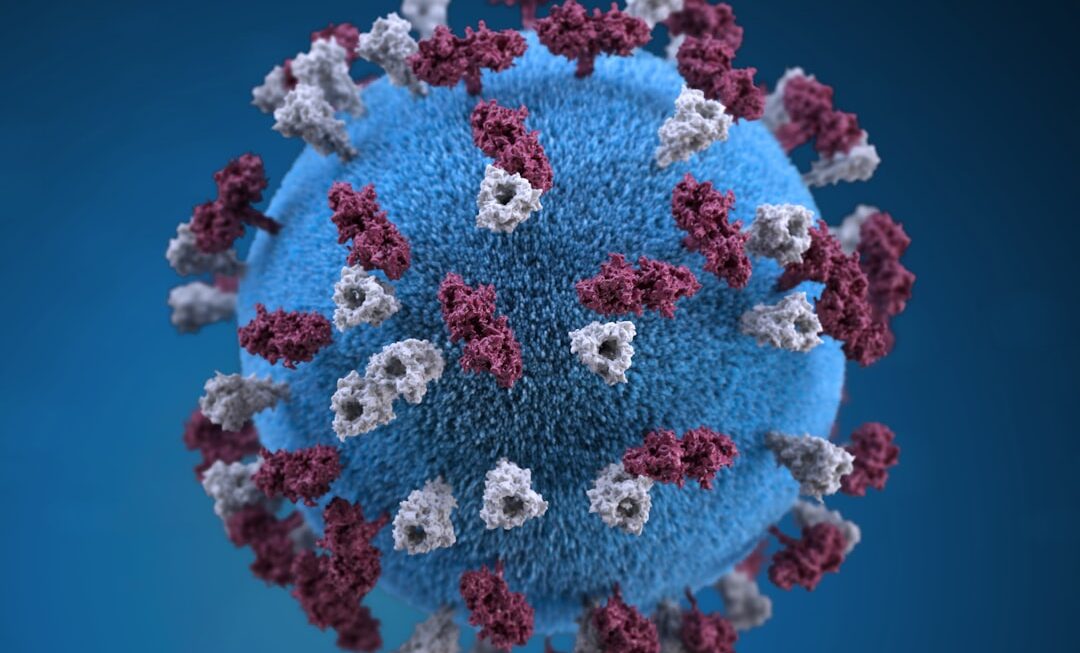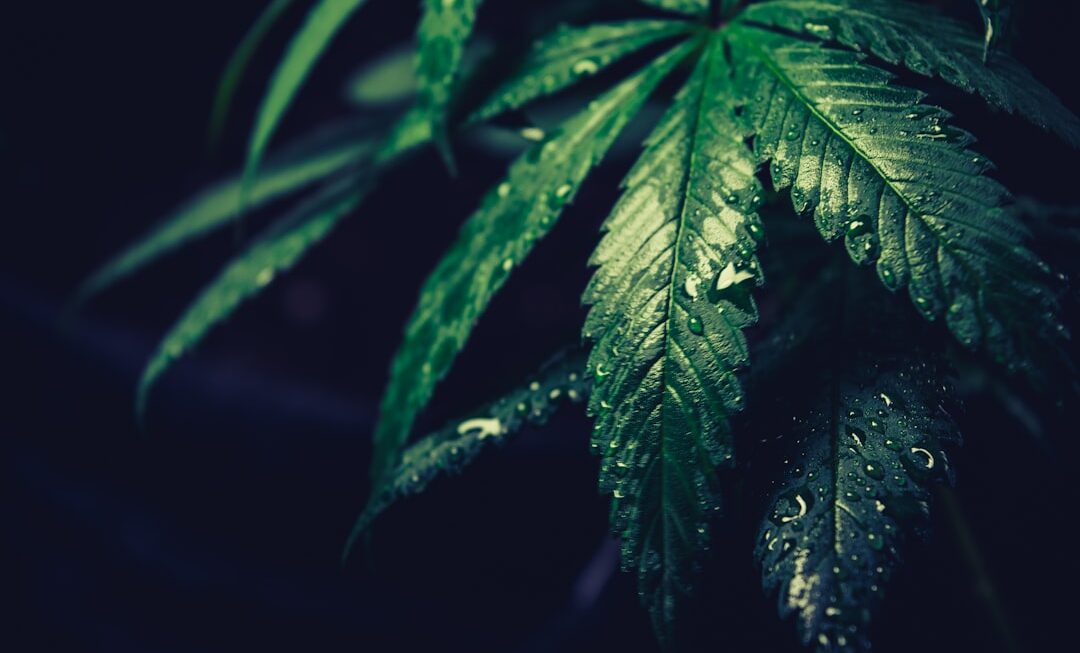Needle felting is a craft that involves using a barbed needle to interlock wool fibers and create three-dimensional shapes and designs. The process of needle felting dates back thousands of years, with evidence of felted objects found in ancient civilizations such as Egypt and Mongolia. However, it wasn’t until the 1980s that needle felting gained popularity as a contemporary craft.
The benefits of needle felting are numerous. It is a versatile craft that allows for endless creativity and expression. It can be used to create a wide range of projects, from small decorative items to larger sculptures. Needle felting is also a great way to relax and relieve stress, as the repetitive motion of stabbing the wool with the needle can be quite therapeutic.
Key Takeaways
- Needle felting involves using a barbed needle to sculpt wool fibers into shapes and designs.
- Choosing the right tools and materials, such as wool roving and a foam pad, is crucial for successful needle felting.
- Follow a step-by-step guide to get started with needle felting, including shaping and adding details to your creation.
- Tips and tricks for creating adorable critters include using reference photos and adding unique touches like accessories.
- Advanced techniques like sculpting, shaping, and detailing can take your needle felting to the next level.
Choosing the Right Tools and Materials for Needle Felting
When it comes to needle felting, choosing the right tools and materials is crucial for achieving the desired results. There are different types of felting needles available, each with its own purpose. Fine needles are used for creating intricate details, while coarse needles are used for shaping and sculpting larger areas. It is important to have a variety of needles on hand to suit different projects.
In addition to felting needles, choosing the right type of wool is also important. Felting wool comes in various forms, such as roving, batting, and prefelt. Roving is the most commonly used form of wool for needle felting, as it is easy to work with and comes in a wide range of colors. Batting is thicker and fluffier, making it ideal for creating larger projects. Prefelt is partially felted wool that can be used as a base for adding details.
Other materials needed for needle felting include a foam pad or mat to work on, scissors for trimming excess wool, and a wire armature if you plan on creating a poseable sculpture. It is also helpful to have a pair of tweezers on hand for handling small pieces of wool.
Getting Started with Needle Felting: Step-by-Step Guide
Before you begin needle felting, it is important to prepare your workspace. Choose a clean, well-lit area where you can work comfortably. Lay down a foam pad or mat to protect your work surface and provide a cushion for the needle.
To start needle felting, take a small amount of wool and roll it into a ball or shape it into the desired form. Place the wool onto the foam pad and hold it in place with one hand. With your other hand, take a felting needle and begin poking the wool repeatedly. The barbs on the needle will interlock the wool fibers, causing them to felt together.
Continue poking the wool with the needle until it becomes firm and holds its shape. You can add more wool as needed to build up the shape or add details. To create different textures, you can vary the angle and depth of your needle pokes.
Creating Adorable Critters with Needle Felting: Tips and Tricks
One of the most popular uses for needle felting is creating adorable critters. Whether you want to make a cute little bunny or a whimsical unicorn, there are endless possibilities when it comes to critter creations.
When choosing a critter to make, start with something simple and gradually work your way up to more complex designs. It is helpful to have a reference image or pattern to guide you as you create your critter.
Adding details to your critter is what brings it to life. Use smaller felting needles or even a single felting needle to create intricate details such as eyes, noses, and mouths. You can also use embroidery thread or other materials to add additional details such as whiskers or feathers.
Troubleshooting common issues is an important part of needle felting. If your critter is not holding its shape, you may need to add more wool or felt it more firmly. If you accidentally poke yourself with the needle, clean the area with soap and water and apply an antiseptic ointment if needed. It is also important to keep your workspace clean and organized to avoid losing small pieces of wool or accidentally poking yourself with a needle.
Needle Felting Techniques: Sculpting, Shaping, and Detailing
Needle felting offers a wide range of techniques for creating different shapes, sizes, and textures. With practice and experimentation, you can create realistic features and add depth and dimension to your projects.
To create different shapes and sizes, start with a basic form and build up from there. For example, to create a round shape, start with a small amount of wool and roll it into a ball. To create a larger shape, add more wool and continue rolling until you achieve the desired size.
Adding texture to your project can be done by varying the depth and angle of your needle pokes. For example, if you want to create a fluffy texture, poke the wool lightly and at a shallow angle. If you want to create a smooth texture, poke the wool firmly and at a steeper angle.
Creating realistic features such as eyes, noses, and mouths can be challenging but rewarding. Start by creating a basic shape for the feature using small amounts of wool. Use a fine felting needle to attach the feature to your project, making sure to felt it securely in place. Add additional details such as eyelashes or wrinkles using smaller felting needles or other materials.
Adding Personality to Your Critters: Using Colors and Textures

Choosing the right colors for your critter is an important part of adding personality to your project. Consider the character or theme you want to convey and choose colors that reflect that. For example, if you are creating a cute bunny, you might choose soft pastel colors. If you are creating a fierce dragon, you might choose bold, vibrant colors.
Adding different textures to your project can also enhance its personality. Consider using different types of wool or other materials to create texture. For example, you could use curly wool to create a fluffy texture or add beads or sequins for a sparkly effect.
Creating unique personalities for your critters is all about the details. Think about the expression on their face, the position of their body, and any accessories or props they might have. Adding small details such as a smile or a bowtie can make a big difference in the overall character of your critter.
Needle Felting Safety Tips: Protecting Yourself and Your Workspace
While needle felting is generally a safe craft, it is important to take precautions to protect yourself and your workspace. Proper handling of felting needles is crucial to avoid accidental injuries.
When working with felting needles, always hold them by the handle and avoid touching the sharp tip. Keep your fingers away from the needle as you work to avoid accidentally poking yourself. If you do accidentally poke yourself, clean the area with soap and water and apply an antiseptic ointment if needed.
Protecting your hands and eyes is also important when needle felting. Consider wearing finger cots or gloves to protect your fingers from accidental pokes. If you wear glasses, make sure they are clean and free of scratches to avoid any potential eye injuries.
Keeping your workspace clean and organized is not only important for safety but also for efficiency. Make sure to dispose of any loose wool fibers or small pieces of wool that may be lying around. Keep your felting needles in a safe place when not in use to avoid accidentally stepping on them or losing them.
Advanced Needle Felting: Creating Complex Critters and Scenes
Once you have mastered the basics of needle felting, you can move on to more advanced projects. Creating multi-layered projects involves felting different pieces separately and then attaching them together. This technique allows for more intricate designs and the ability to create complex critters or scenes.
Adding different elements to your project can also take your needle felting to the next level. Consider adding wire armatures to create poseable critters or adding other materials such as fabric or clay for additional details. Experiment with different techniques and materials to create unique and one-of-a-kind projects.
Combining different techniques is another way to create advanced needle felting projects. For example, you could combine wet felting with needle felting to create a seamless finish or combine embroidery with needle felting for added texture and detail. The possibilities are endless when it comes to combining different techniques.
Needle Felting for Kids: Fun and Easy Projects for Little Ones
Needle felting can be a fun and engaging craft for kids. There are many simple projects that kids can make, such as felted animals, keychains, or ornaments. Start with a basic shape and let your child’s imagination run wild as they add details and personalize their project.
When teaching kids how to needle felt, it is important to emphasize safety. Make sure they understand the proper handling of felting needles and the importance of keeping their fingers away from the sharp tip. Supervise younger children closely to ensure they are using the needles safely.
Safety considerations for kids also include choosing appropriate materials. Use child-friendly felting needles that have a blunt tip instead of a sharp one. Choose soft, child-friendly wool that is easy to work with and does not require excessive poking to felt.
Displaying Your Needle Felted Critters: Creative Ideas and Inspiration
Once you have completed your needle felted critters, it’s time to display them proudly. There are many different ways to display your projects, depending on their size and style.
One simple and effective way to display your critters is to place them on a shelf or mantel. Arrange them in a group or create a scene with multiple critters interacting with each other. You can also use small stands or easels to prop up your critters and give them more visibility.
Creating a themed display is another fun way to showcase your needle felted critters. For example, you could create a woodland-themed display with critters such as foxes, owls, and squirrels. Or you could create a holiday-themed display with critters dressed up in festive attire.
When it comes to displaying your needle felted critters, the only limit is your imagination. Get creative and have fun with it. Experiment with different ideas and see what works best for your projects.
If you’re passionate about needle felting, you’ll love this informative article on RentadSign’s blog that explores the fascinating world of needle felting techniques and tips. Whether you’re a beginner or an experienced crafter, this article provides valuable insights and step-by-step instructions to help you create beautiful needle felted projects. Discover the joy of transforming wool fibers into adorable sculptures and intricate designs by clicking here to read the full article.
FAQs
What is needle felting?
Needle felting is a craft technique that involves using a special needle to interlock wool fibers and create a three-dimensional shape or design.
What materials are needed for needle felting?
The main materials needed for needle felting are wool roving, a felting needle, and a foam pad. Optional materials include wire, beads, and fabric.
What is wool roving?
Wool roving is a bundle of wool fibers that have been combed and aligned in the same direction. It is used as the main material for needle felting.
What is a felting needle?
A felting needle is a special needle with barbs on the end that catch and tangle the wool fibers together when it is repeatedly poked into the wool.
What is a foam pad used for in needle felting?
A foam pad is used as a surface to work on while needle felting. The foam helps protect the needle and provides a surface for the needle to push against.
What can be made with needle felting?
Needle felting can be used to make a variety of items, including sculptures, ornaments, jewelry, and even clothing.
Is needle felting difficult to learn?
Needle felting can be a bit challenging to learn at first, but with practice and patience, it can be a rewarding and enjoyable craft. There are many tutorials and resources available online to help beginners get started.



